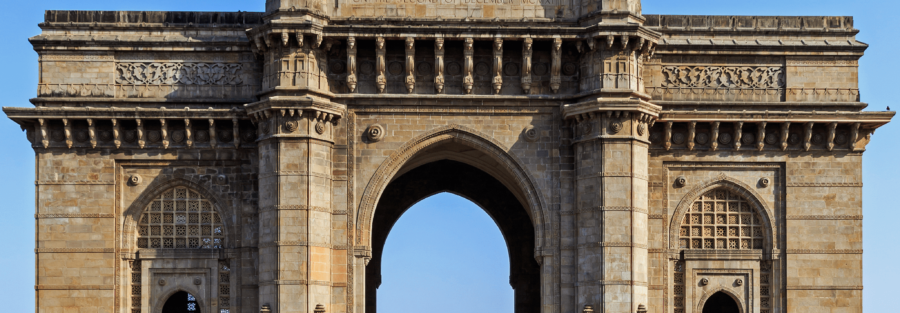Modern Indian architecture is a dynamic and evolving field that reflects the socio-cultural changes, technological advancements, and design sensibilities of contemporary India. It encompasses a wide range of architectural styles and approaches that combine traditional influences with modern design principles. Here are some key characteristics of modern Indian architecture:
Contextual Design: Modern Indian architecture often takes into account the local context, climate, culture, and surroundings. Architects aim to create designs that harmonize with their environment and respond to the needs of the local community.
Blending Tradition and Innovation: Modern Indian architects often blend traditional architectural elements with innovative design techniques. This fusion creates a unique architectural language that respects heritage while embracing modernity.
Sustainable Design: Sustainability is a significant focus in modern Indian architecture. Architects integrate energy-efficient technologies, passive design strategies, and environmentally friendly materials to create buildings that minimize their impact on the environment.
Material Exploration: Architects experiment with both traditional and contemporary materials to achieve their design visions. This might include using locally sourced materials, as well as incorporating new materials and construction techniques.
Open Spaces and Indoor-Outdoor Connectivity: Modern Indian architecture places emphasis on creating open spaces, courtyards, and terraces that encourage indoor-outdoor interaction. These design elements reflect the Indian tradition of communal living and connection to nature.
Cultural Identity: Architects often draw inspiration from India’s diverse cultural heritage and incorporate elements from different regions and time periods. This helps to create buildings that resonate with the cultural identity of the place.
Adaptation to Urbanization: With rapid urbanization in India, architects are designing structures that accommodate growing populations while addressing issues such as congestion, transportation, and infrastructure.
Innovative Use of Technology: Modern Indian architecture embraces technological advancements such as Building Information Modeling (BIM), digital design tools, and parametric design to enhance the design and construction process.
Respect for Craftsmanship: While modern architecture emphasizes innovation, there is a renewed appreciation for craftsmanship. Architects collaborate with skilled artisans to create intricate details and finishes that add character to buildings.
Mixed-Use Developments: Given the density of urban areas, mixed-use developments that combine residential, commercial, and recreational spaces are becoming more common in modern Indian architecture.
Civic and Institutional Buildings: Modern Indian architecture is responsible for designing public spaces, government buildings, educational institutions, and cultural centers that reflect contemporary design values while maintaining a sense of dignity and importance.
Global Influence and Local Expression: Modern Indian architecture is influenced by global trends while also expressing local architectural identities. Architects often travel, study, and collaborate internationally, bringing back new ideas to integrate into their work.
Prominent modern Indian architects include B.V. Doshi, Charles Correa, Balkrishna Vithaldas Doshi, and Raj Rewal, among others. Their works exemplify the diversity and creativity of modern Indian architecture, demonstrating its ability to embrace the future while remaining rooted in the nation’s rich architectural heritage.



